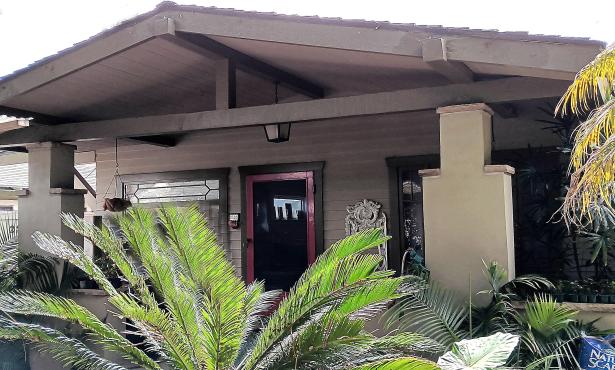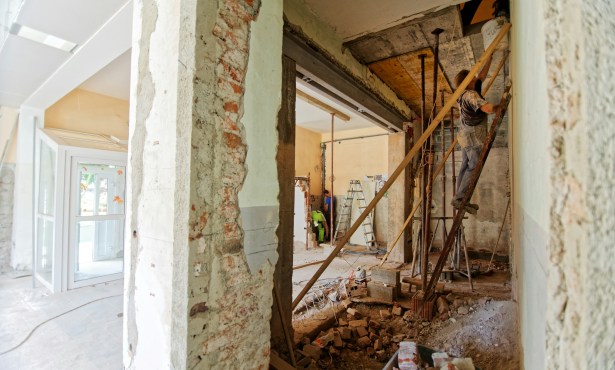Governor Signs Slate of New Housing Bills

By Brian Johnson
2021 President
Santa Barbara Association of Realtors
Over the past week, Governor Gavin Newsom signed three new housing bills. As the housing crisis in California shows little sign of abating, backers of these bills say they will do more to create opportunities for more housing units across the state. Opponents criticize these bills for several reasons, ranging from the loss of local control, a decrease in ownership due to the costs of development and further racial inequities. These bills received relatively bipartisan support across both chambers and Governor Newsom has promised to do more to create additional housing, so it is not too surprising that these bills passed.
SB 8 is a bill that extends the Housing Crisis Act of 2019’s sunset by an additional five years. Provisions of the original bill include accelerating the approval process for housing projects, limiting fee increases on new housing projects and restricting local governments’ ability to downzone properties to allow fewer units. The bill also regulates policies that would make it harder for local municipalities to restrict the construction of affordable housing. The new sunset date is 2030 vs 2025.
Another bill, much more controversial, is SB 9. This bill, authored by Senate President, Toni Atkins, would allow property owners to build two homes or units on a single-family lot or potentially split that lot into two lots and build four units across the two lots. There are restrictions in place that regulate the minimum size of each lot, require them to be outside of fire hazard zones or historic districts and still allow local design guidelines to control approval. Advocates claim that the law could lead to hundreds of thousands of new housing units across the state. Critics counter that the law strips communities of local control. UC Berkeley research found that approximately 75% of the developable land in the state is zoned for single family housing so this could really affect the housing crisis if even a small percentage of the properties were developed this way.
The final bill signed this week was SB 10. This new law will give local communities more control in passing ordinances that will allow up to 10 units to be constructed on a single parcel. The effort is to try to counter the ability of opponents to drag out approvals over many years in an effort to dissuade developers from building. The law would only apply to properties in transit and job rich areas. Proponents applaud the bill for giving support to local jurisdictions in trying to create ordinances supportive of infill housing. Critics claim that the bill does not contain any inclusionary or affordability requirements, so it does not do enough to address the lack of affordable housing. It also does not include any actual state funds to assist in the construction of new units.
While proponents and opponents of these bills agree that California’s lack of housing supply is a crisis, they cannot seem to find very much common ground in finding solutions. Let us hope that these new bills will lead to more housing and more common ground solutions. It will probably take years for us to see the effects but there is no time like the present to start.
Brian Johnson is a California licensed real estate agent and the Managing Director of Radius Commercial Real Estate. Brian handles all types of commercial real estate transactions but has a special focus on multifamily investments. He can be reached at 805-879-9631 or bjohnson@radiusgroup.com




You must be logged in to post a comment.